
The X2 flying car produced by Chinese company XPeng is displayed at the China International Aviation and Aerospace Exhibition in Zhuhai, Guangdong province, in September. (Photo by Long Wei/for China Daily)
Flying vehicles offer solution to urban traffic congestion
Traffic jams are a common problem in cities around the world, be it Beijing, Tokyo or New York, with some frustrated drivers wishing they could fly over vehicles blocking their path.
Such ambitions may be fulfilled sooner than many expect, with "flying cars", commonly known as electric vertical takeoff and landing vehicles, or eVTOLs, fast becoming a reality.
HT Aero, an affiliate of Chinese electric vehicle maker Xpeng, demonstrated a flying car late last month, saying it plans to introduce these vehicles in 2024.
The cars will feature a lightweight design and rotors that fold away, so that the vehicles can be driven on roads before and after flight. With a number of safety features, including parachutes, each vehicle will cost less than 1 million yuan ($156,400), the company said.
Globally, some 250 companies are developing and producing flying vehicles, and the list is growing, according to a report by consultancy McKinsey.
Robin Riedel, a McKinsey partner, said the flying cars sector has existed for more than a decade, and the "convergence of several trends "has led to increased interest in it.
"First, on-demand services have changed the way we think about mobility. Second, there's a focus on sustainability, which these vehicles support. Third, there's a lot of funding available from investors who want to be a part of the next big thing," Riedel said.
HT Aero, which last month raised $500 million in its latest financing round, is now valued at more than $1 billion. Startup Joby Aviation, based in the United States, went public on the New York Stock Exchange in August, while Lilium, headquartered in Germany, is also planning a flotation.
The emerging flying vehicles sector, which is now viewed as a serious solution to urban traffic congestion and a new alternative to personal mobility in cities, is expected to grow into a market valued at $1 trillion by 2040 and $9 trillion by 2050, according to global financial services company Morgan Stanley.
Flying vehicles are typically about the size of ordinary ones, or slightly larger. Featuring rotors, or wings and rotors, most of them will fly at speeds of 100 to 300 kilometers per hour and carry several passengers.
Powered by batteries, the cars have less complicated parts than ordinary vehicles, and are safer than light aircraft such as helicopters. Without traditional engines, they are quieter and are also expected to be cheaper.
Fabien Nestmann, vice-president of public affairs at Volocopter, a company based in Germany that focuses on making flying an option for everyone and on reinventing mobility in urban areas, said: "We don't want this to be a toy for the wealthy, but part of a well-integrated journey for anyone in an urban area. Everyone should have the option to walk, be driven, cycle, or fly."
Joint venture
Established in 2011, Volocopter is one of the world's first flying vehicle companies. In 2019, Chinese carmaker Geely, Mercedes's parent company Daimler and others invested 500 million euros ($564.8 million) in the startup in an effort to bring its flying cars to China.
In September, Volocopter and Geely built a joint venture in Chengdu, capital of Sichuan province, to produce flying vehicles and parts.
Volocopter said the joint venture has also signed a deal to buy 150 flying vehicles from the company.
The partnership is aimed at bringing urban air mobility to China in the next three to five years, which Volocopter CEO Florian Reuter views as "the biggest single market opportunity for the urban air mobility industry".
No details have been given on how the Chinese market will be explored, but Volocopter has already worked out a schedule for Rome, the Italian capital, with the support of local airport operator Aeroporti di Roma and its main shareholder Atlantia.
This month, the startup said that by 2025 it would offer a 20-minute flying taxi service between Rome's Fiumicino airport and the city center.
The company said it still needs to finalize related flight regulations and develop "vertiports" for air taxis to take off and land vertically.
The flying taxi to be used in Rome, the VoloCity, has 18 independent rotors and can travel at a maximum speed of 110 kph for 35 minutes.
Initially, the vehicle will carry the pilot and one passenger, but will take two passengers when it can fly autonomously.
It has a payload of 200 kilograms, including passengers and luggage. Once a flight is completed, the lithium-ion batteries can be replaced within five minutes, allowing for a quick turnaround.
According to local news reports, the planned 20-minute flying taxi ride from Fiumicino airport to the city center will cost 140 euros, compared with a taxi fare of 48 euros, or 14 euros for the 32-minute train journey.
In addition to startups, established car giants are getting serious about the market in the sky.
South Korean carmaker Hyundai Motor is developing a flying car with Uber. Powered by batteries, it will carry up to six people to and from airports from highly congested urban centers.
Jose Munoz, the company's global chief operating officer, said urban air taxis would be operating at major airports in the US by 2025.
"We see this market as a significant growth opportunity," Munoz said, adding that he is highly confident about development of the technology.



















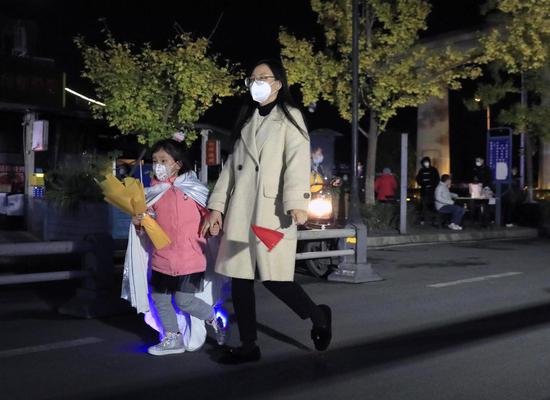

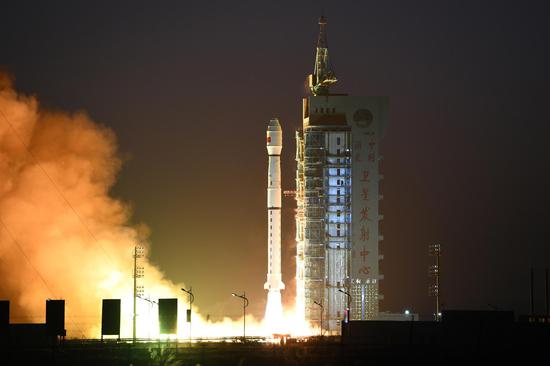
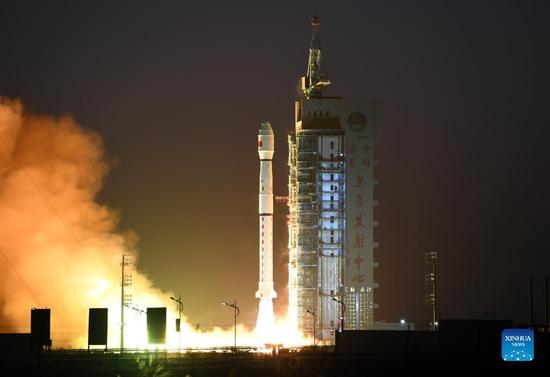

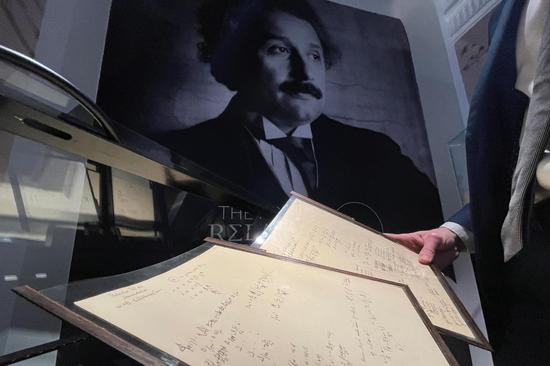





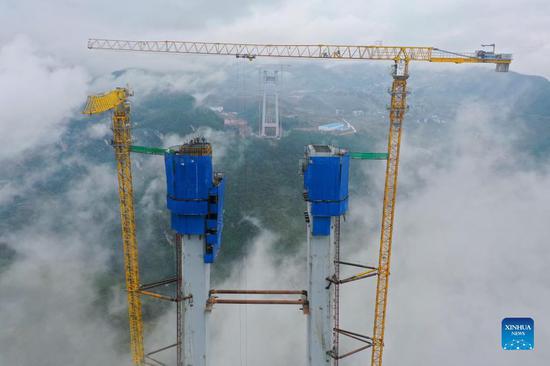



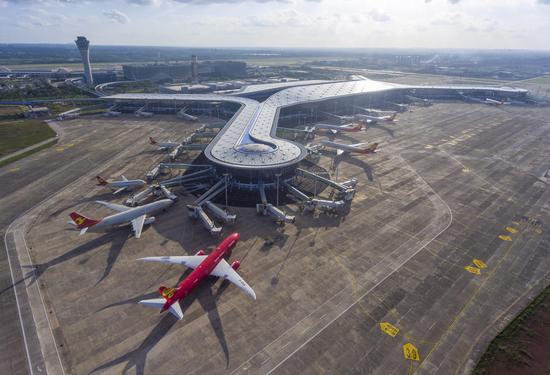















 京公网安备 11010202009201号
京公网安备 11010202009201号